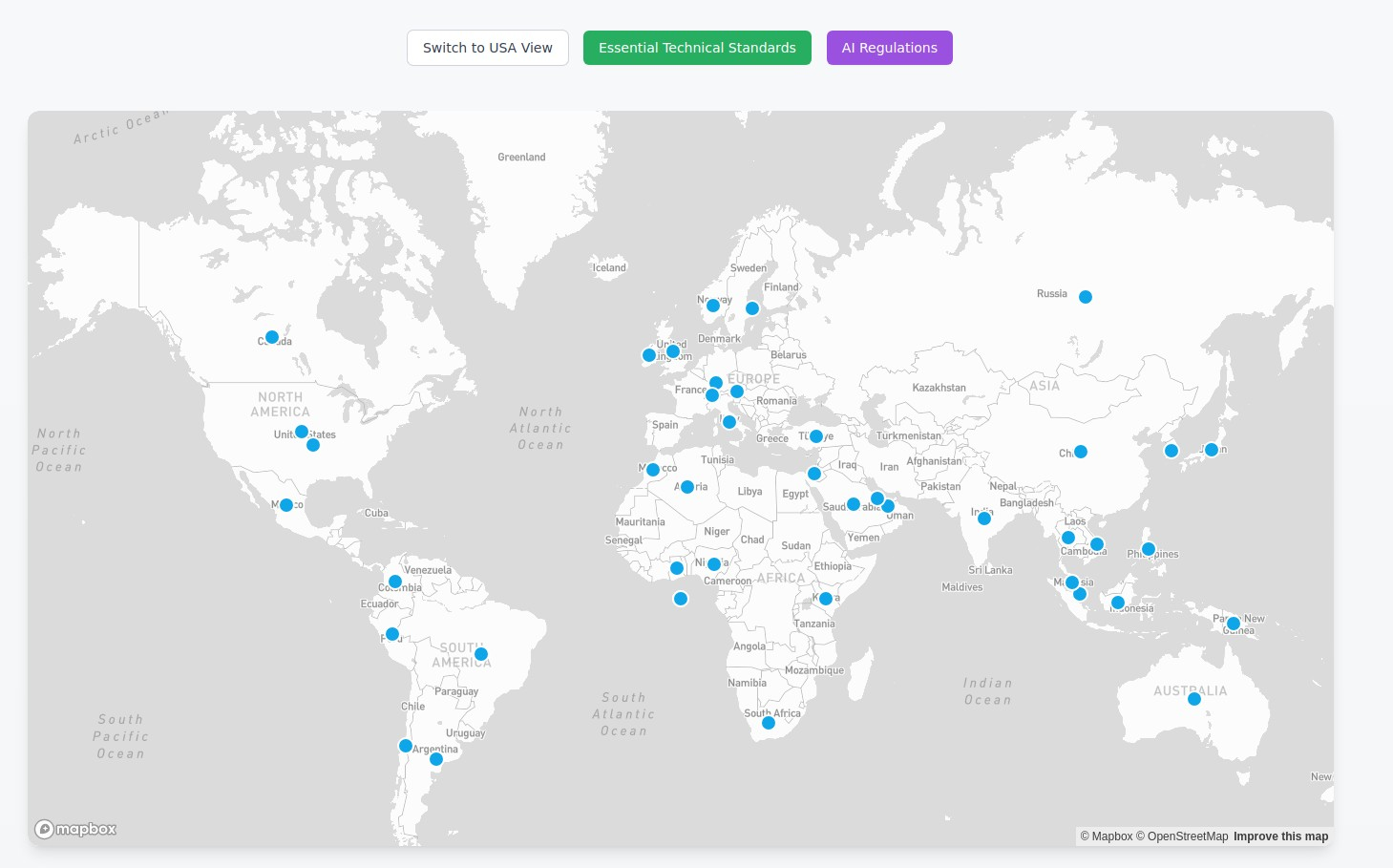Singapore Under Siege: UNC3886's Advanced Campaign Against Critical Infrastructure

Breaking the Silence: Singapore's Unprecedented Public Attribution
In an extraordinary late-night address that shattered diplomatic convention, Singapore's Coordinating Minister for National Security K. Shanmugam publicly named a sophisticated adversary targeting the nation's most vital systems. In a rare and urgent late-night address, a senior Singapore official confirmed that the country is currently facing a sophisticated and ongoing cyberattack targeting its critical infrastructure. The attack is attributed to UNC3886.
This unprecedented move to publicly attribute an ongoing cyberattack represents a dramatic departure from Singapore's typically cautious diplomatic approach, signaling the severity of the threat and the government's determination to expose what it considers a clear and present danger to national security.
The Adversary: UNC3886's Shadow Campaign
Google-owned cybersecurity firm Mandiant has described the alleged hackers as a "China-nexus espionage group", with UNC3886 being a highly adept China-nexus cyber espionage group that historically targets network devices and virtualisation technologies with zero-day exploits.
The group's operational sophistication cannot be overstated. According to Mandiant's research into UNC3886 offensive operations, the group's adversary behavior patterns can be characterized as sophisticated and evasive. Once in a system, UNC3886 has been observed to use advanced techniques to evade detection and maintain long-term access to compromised environments. For example, they have been known to bypass traditional network protections such as firewalls and network detection and response solutions.
A History of Advanced Persistent Threats
UNC3886's track record reveals a pattern of targeting critical infrastructure across multiple nations and sectors. Shanmugam said one advanced persistent threat group Singapore was facing was UNC3886, which the industry had associated with cyberattacks against critical areas such as defence, telecommunications and technology organisations in the United States and Asia.
The group's technical capabilities demonstrate state-level resources and expertise. Suspected UNC3886 Chinese-nexus groups have exploited zero-day vulnerabilities and deployed custom malware to steal user credentials and maintain long-term access to the victim environments. Their operations span years, with a highly advanced China-nexus espionage group exploiting a 2023 VMware vulnerability as far back as 2021.
Technical Sophistication: Ghost in the Machine
UNC3886's modus operandi reveals extraordinary technical sophistication that allows them to operate undetected within the most secure environments. Mandiant's investigation revealed that UNC3886 was able to circumvent protection by injecting malicious code into the memory of a legitimate process.
Router and Network Device Targeting
The group has perfected the art of compromising network infrastructure devices, creating invisible pathways through supposedly secure networks. Mandiant has uncovered a sophisticated cyber espionage campaign by the China-linked group UNC3886, targeting outdated Juniper Networks routers with advanced malware.
Singapore says China-linked group UNC3886 targeted its critical infrastructure by hacking routers and security devices. This targeting of network infrastructure is particularly insidious, as it provides attackers with a privileged position to monitor, intercept, and manipulate network traffic across entire organizations.
Advanced Evasion Techniques
The group's evasion capabilities are particularly concerning for defenders. They tampered with a genuine system file to disable digital signature verification checks during system startup. They also turned off logging services and history files and selectively erased log entries linked to their activity.
This level of operational security demonstrates not just technical prowess but a deep understanding of defensive systems and forensic investigation techniques, allowing them to operate with near-invisibility.

Singapore's Strategic Response
Unprecedented Public Attribution
Singapore's decision to publicly name UNC3886 represents a calculated strategic response that breaks with traditional diplomatic norms. In a speech, Singapore's Coordinating Minister for National Security K. Shanmugam highlighted the activity of UNC3886, an espionage group that has previously targeted routers and network security devices to infiltrate critical entities.
This public attribution serves multiple purposes: it alerts other potential targets, demonstrates Singapore's attribution capabilities, and sends a clear diplomatic message that such activities will not be tolerated silently.
National Security Implications
Singapore is dealing with a "serious" cyberattack against its critical infrastructure by a highly sophisticated entity linked by industry experts to China. The coordinating minister emphasized the broader implications, warning that the targeting of critical industries has the potential to create cascading impacts.
This acknowledgment of "cascading impacts" highlights Singapore's understanding that modern cyberattacks against critical infrastructure can have effects far beyond the immediate target, potentially disrupting economic activity, public services, and national security across multiple sectors.
The Geopolitical Dimension
China's Categorical Denial
Beijing's response to Singapore's accusations has been swift and categorical. The Chinese embassy characterized the allegations as "unwarranted smearing", maintaining that any connection between UNC3886 and Chinese state actors represents "groundless smears."
This denial follows a familiar pattern in cyber attribution disputes, where nation-states routinely disavow connection to cyber operations even when substantial evidence suggests state sponsorship or coordination.
Regional Security Implications
Singapore's public attribution occurs within a broader context of escalating cyber tensions in the Asia-Pacific region. The timing of this disclosure, coinciding with similar revelations about Chinese state-sponsored groups targeting US nuclear facilities through SharePoint vulnerabilities, suggests a coordinated campaign of cyber operations targeting critical infrastructure across multiple allied nations.
Technical Analysis: The Singapore Attack Vector
Infrastructure Targeting Strategy
Singapore is currently defending against a "serious and ongoing" cyber attack targeting its critical infrastructure, perpetrated by a highly sophisticated group known as UNC3886. The ongoing nature of this attack suggests a long-term intelligence gathering operation rather than a smash-and-grab data theft.
The focus on critical infrastructure indicates strategic objectives that extend beyond mere economic espionage to potentially include the capability to disrupt essential services during times of tension or conflict.
Telecommunications Sector Compromise
While specific details about the Singapore attack remain classified, the pattern of UNC3886 operations suggests telecommunications infrastructure as a primary target. The group's historical focus on telecom providers aligns with strategic intelligence objectives, as telecommunications networks carry the communications of government officials, military personnel, and business leaders.
Broader Implications for Cybersecurity
The New Normal of Public Attribution
Singapore's decision to publicly name UNC3886 may signal a shift toward more aggressive public attribution of cyber operations. Traditionally, governments have preferred private diplomatic channels to address state-sponsored cyber activities, but the persistent and brazen nature of these attacks may be forcing a more public response.
Critical Infrastructure Vulnerability
The targeting of Singapore's critical infrastructure highlights the universal vulnerability of modern nations to sophisticated state-sponsored cyber operations. Despite Singapore's reputation for advanced cybersecurity capabilities and its significant investments in cyber defense, the successful penetration by UNC3886 demonstrates that no nation, regardless of its defensive posture, is immune to determined state-level adversaries.
Regional Cyber Warfare Escalation
The simultaneous targeting of US nuclear facilities and Singapore's critical infrastructure suggests a coordinated campaign that represents an escalation in the scope and audacity of state-sponsored cyber operations. This pattern indicates that cyber warfare has moved beyond isolated incidents to coordinated, multi-national campaigns targeting the most sensitive infrastructure of allied nations.
Defensive Challenges and Responses
The Attribution Dilemma
Singapore's public attribution of the attacks to UNC3886 demonstrates both the challenge and importance of cyber attribution. While technical evidence may strongly suggest state sponsorship, the deniable nature of cyber operations allows adversaries to maintain plausible deniability while continuing their campaigns.
International Cooperation Imperative
The cross-border nature of these attacks and the sophisticated capabilities of groups like UNC3886 underscore the critical importance of international cooperation in cyber defense. Singapore's public disclosure may be intended not only to expose the threat but also to encourage greater information sharing and coordinated response among allied nations.
Looking Forward: The Cyber Cold War Reality
The UNC3886 campaign against Singapore represents more than an isolated cybersecurity incident—it exemplifies the new reality of persistent, state-sponsored cyber warfare targeting the foundational systems that modern societies depend upon.
Singapore's unprecedented public attribution marks a potential turning point in how nations respond to such threats, moving from quiet diplomacy to public accountability. Whether this approach proves effective in deterring future attacks or merely escalates the cycle of cyber conflict remains to be seen.
What is clear is that the era of treating sophisticated cyber espionage as a manageable cost of digital connectivity is ending. Nations worldwide must now grapple with the reality that their most critical infrastructure systems are under persistent threat from well-resourced, patient adversaries who view cyber warfare as an extension of traditional statecraft.
The Singapore case serves as a stark reminder that in the digital age, national security depends not just on traditional military capabilities but on the resilience and security of the interconnected systems that power modern civilization. As UNC3886 and similar groups continue their shadow campaigns, the international community faces the urgent challenge of developing effective defenses and responses to this new form of persistent, low-level warfare.






